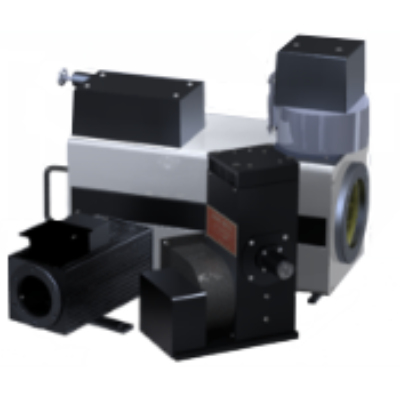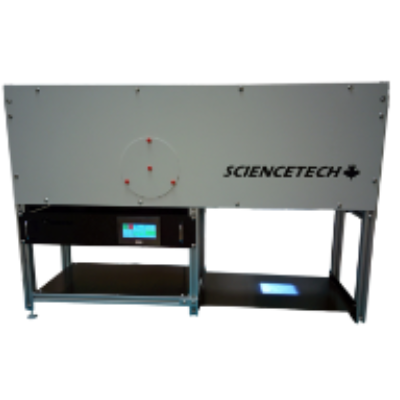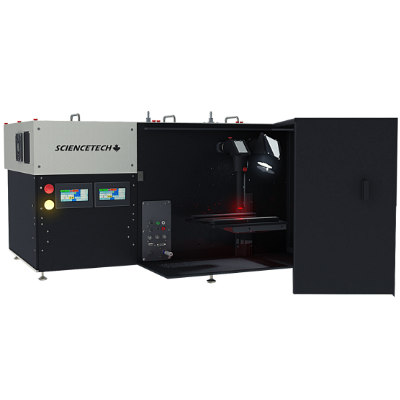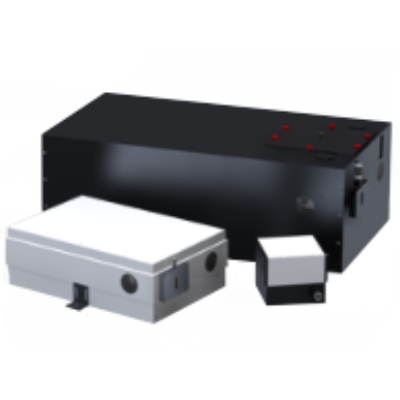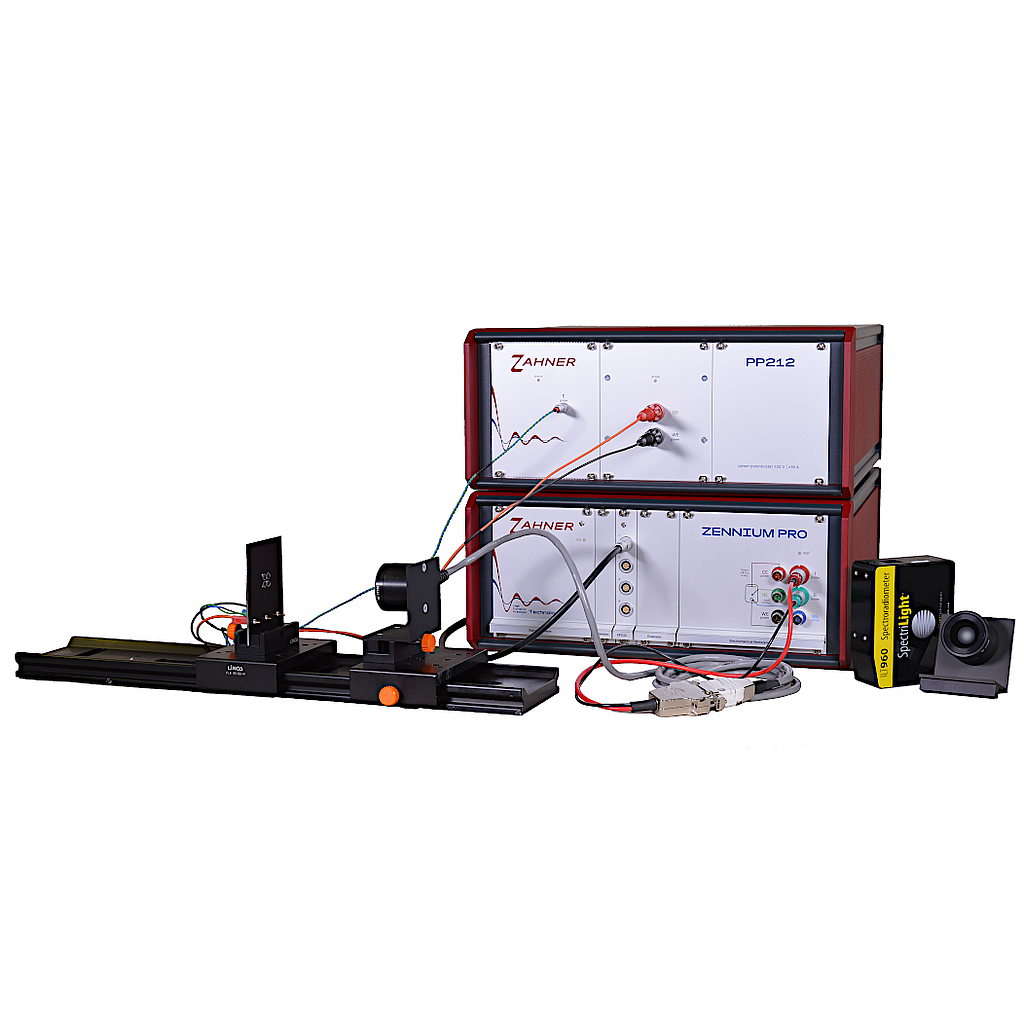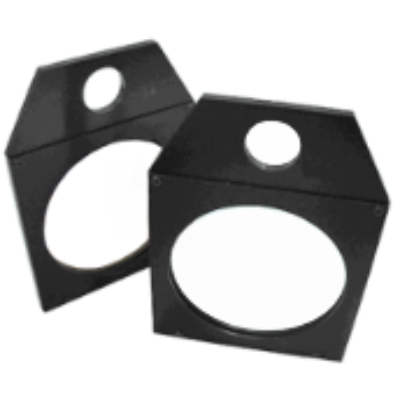Spectroradiometer For Detector Characterization
X
Product Category
View Filter- All Products
- Light Sources
- Solar Simulators
- Quantum Efficiency
- Modular Spectrometers
- Electrochemical Workstations
- Accessories / Parts
x
Clear all x
Filter Option
|
|
Copyright
©
Sciencetech

